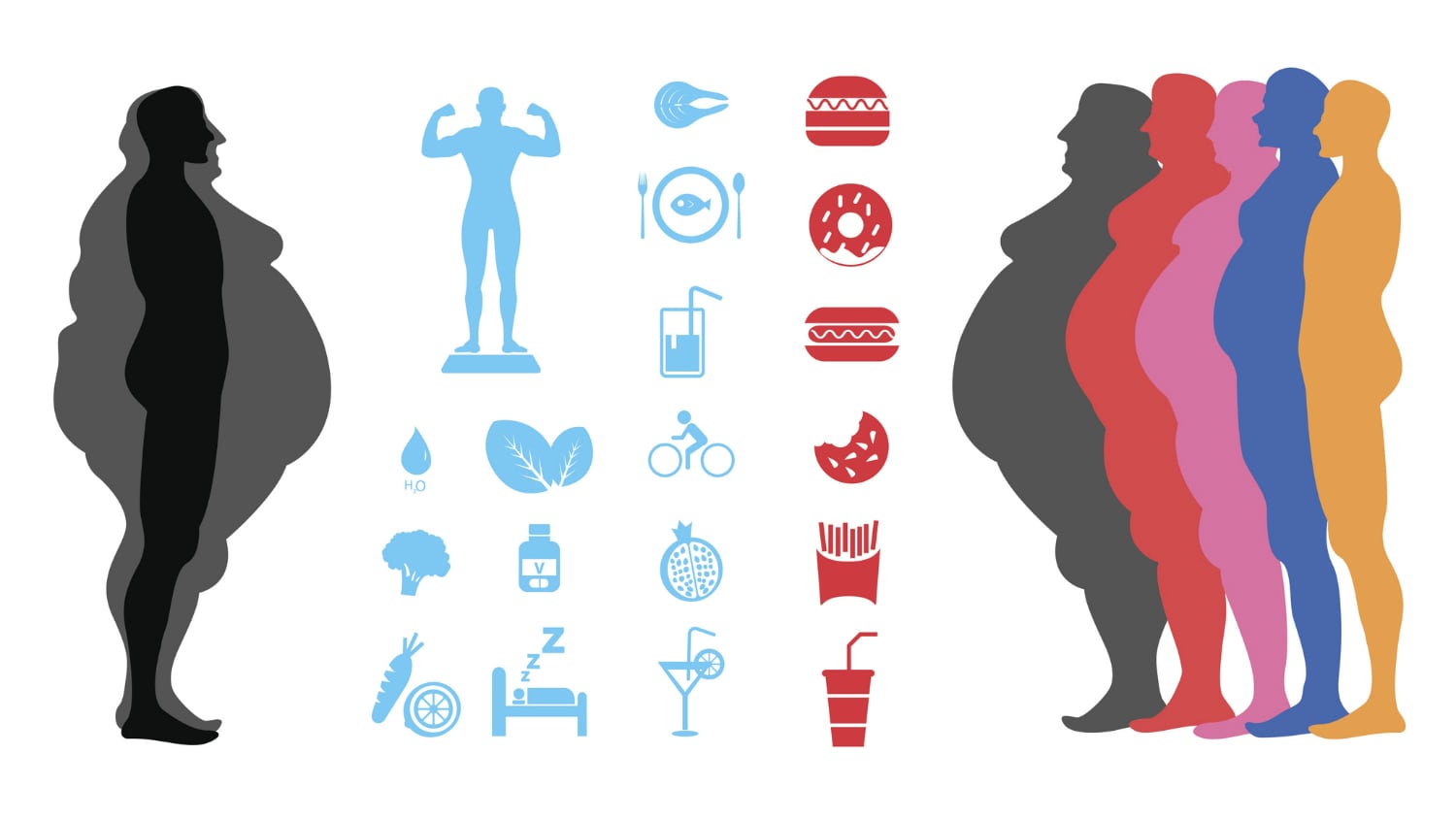NZMP is dairy giant Fonterra’s dairy ingredients and solutions arm.
“We are B2B, but we are also now spending more time around understanding the C,” said Hamish Gowans, NZMP General Manager, South and East Asia who spoke to us at Fi Asia in Jakarta.
“We have done some of our own consumer research in certain [key growth] markets for NZMP like Indonesia and Thailand, especially with regards to understanding protein consumption, sports nutrition trends and more, trying to generate more insight from a consumer perspective.”
Higher-end, more advanced categories of dairy ingredients are also a key area of focus, especially in areas like healthy ageing, sports and active lifestyle and medical nutrition.
Apart from higher-end products, NZMP also firmly believes that it is important to continue servicing the normal base market of regular dairy products.
“It is important [for us to] maintain [presence in] the regular dairy market in order to ensure the availability of dairy for all consumers,” said Gowans.
“The Global Hunger Index shows that the Southeast Asian region is quite poor, and a large part of its population struggles to access basic nutrition.
“From a nutrition perspective, dairy is a great source of nutrition. As such, formulations have also been developed that look at servicing this set of consumers via affordable dairy nutrition.
“What this basically means is that we are looking at servicing across the entire spectrum, from the higher-end areas like healthy ageing, to the opposite end covering under- or malnutrition in Asia,” he added.
Evolution of dairy segments in Asia
NZMP has been present in the region for over 40 years in seven key target markets across most Asian countries. These are medical nutrition, sports and active lifestyle, pediatrics, dairy foods, dairy beverages and consumer markets.
“We have been here for over 40 years, and supply to almost every possible market, each of which has seen its own consumer evolution,” said Gowans.
“[Country-wise], Bangladesh tends to have a strong focus on recombined sweetened condensed milk and milk powders. The markets in Indonesia and Thailand have evolved very differently, where products on shelves tend to be a bit more advanced, [so we see more of things like] cultured products and sports nutrition products.”
“Vietnam and Singapore are also usually more advanced in terms of consumer propositions and preferences.”
Key drivers behind these independent evolutions are the wealth behind the various consumer bases, their knowledge of dairy and dairy products, as well as the demographics.
“When you have the younger, more aspirational population like here in Indonesia where the average age is 28, [the] increase in digital and social media use is quite high,” added Gowans.
“The education and the links to the outside world’s health and nutritional information also becomes quite high, and knowledge can also filter in much faster than before.”
In terms of growth for the dairy ingredients market, NZMP sees a lot of potential in India.
“India is the largest milk and dairy producer in the world, producing around 160bn litres of milk a year as compared to New Zealand’s 20bn litres. But in some of the more advanced ingredients that go into areas like sports and active lifestyle or medical nutrition, there is a growing demand within the country because India doesn’t produce these,” said Gowans.
“A lot of the larger opportunities here revolve around protein, for example whey protein concentrate and isolates, or the more high-end, functional items like lactoferrin and phospholipids.”
Emphasis on localisation and specific needs
It is also important to look at opportunities based on each country’s needs in order to ensure smooth market expansion.
“For example, in Singapore where there is a growing ageing population, we [put emphasis on] the healthy ageing and medical nutrition areas,” said Gowans.
“It is very interesting to look at opportunities like this. Using medical nutrition as an example, this could be from within the hospital system for post-surgery patients, the area of normalised foods to provide high protein levels or dairy nutrition, or targeting specific conditions like sarcopenia (muscle degradation).”
Dairy trends in Asia
NZMP also places importance on finding ways to translate its understanding of new trends to applications for existing markets.
“Japan is a clear trends leader for the region that markets that Thailand and Indonesia will follow,” said Gowans.
“Knowing this, we would leverage on our business and knowledge of solutions in Japan and work on ways to translate these into applications for the other local markets, and potentially help to accelerate the market entry of new products.”
Another key trend mentioned was the importance of freshness to the dairy industry.
“A lot of work is ongoing to try to bring out that ‘fresh’ flavour for products. For example, UHT milk normally has a caramelised aftertaste as a result of its heat treatment, but efforts are being made to attenuate this and bring freshness back to its flavour,” he explained.
Traceability and visibility were also highlighted as important trends in the region. Gowans added that: “Technology is being developed that could help the tracking of a product, all the way from the customer to the farm of origin.”
“Traceability at this level would have applications not only in terms of fraud and identification, but also the assurance of high quality products.”
Educating consumers on dairy vs plant-based products
“The full benefits of dairy as a whole food are actually not recognized strongly across many populations in Asia,” said Gowans.
“Most communities will only link dairy nutrition with calcium, which is very basic. Dairy is actually also a rich source of proteins and lipids that aid in muscle mass growth and other health applications, but this is not common knowledge, even in developed countries like Singapore.
“As an industry, it is important for all of us to educate consumers not only on dairy goodness, but also on the differences in nutrition that dairy and other plant-based alternatives provide.”



